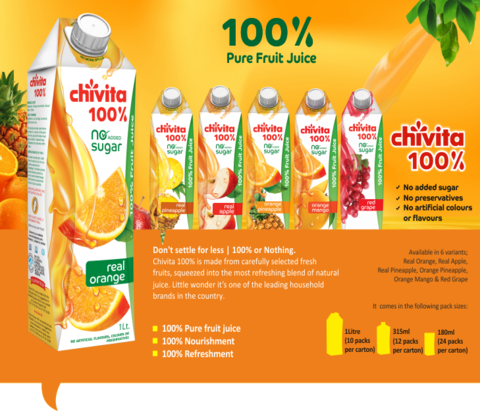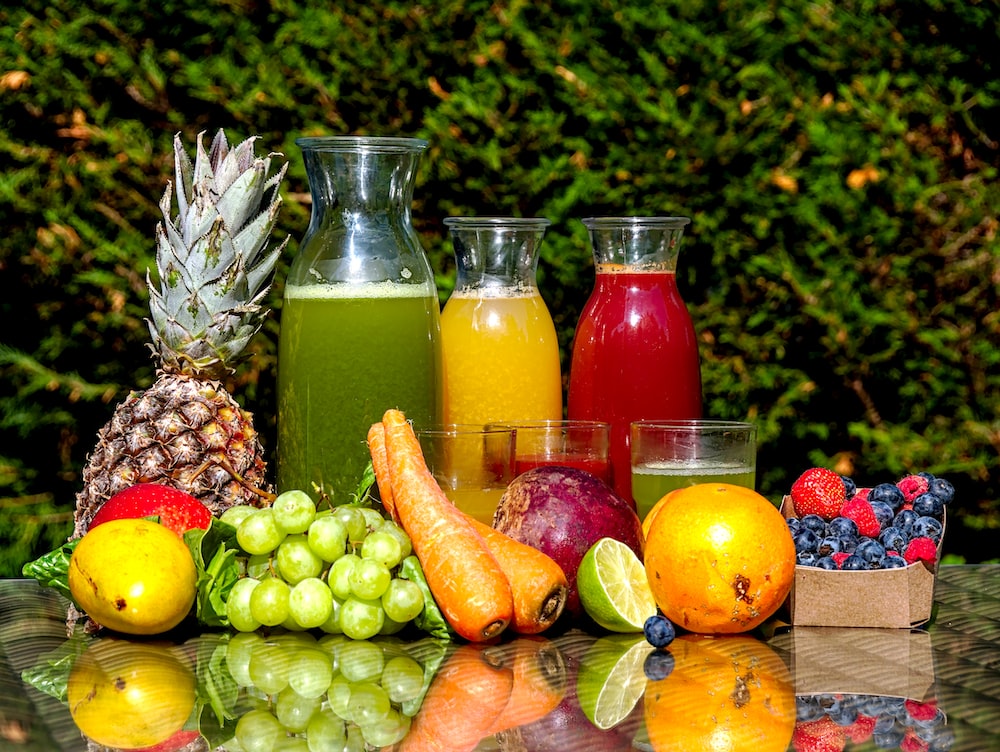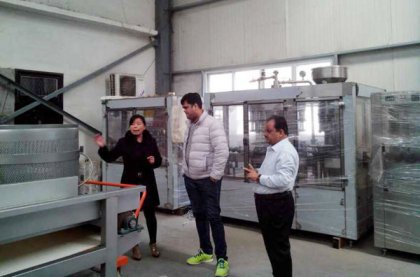I believe that people often buy juice in stores, so how should we choose juice?
"Juice" in supermarkets is mainly divided into three categories:
- 100% pure juice, the fruit is made by simple mechanical pressure and then bottled without additives (no sugar, no additives). 1 liter of juice requires 3 kg of fruit, which is also the reason for the higher price of this product.
- Juice made from fruit juice concentrate with water. The fruit is picked, dehydrated (to reduce storage and transportation costs), and then diluted with water in the same proportion as the water naturally contained in the fruit. The resulting mixture is usually acidic, and up to 1.5% sugar can be added without the word "sugar" in the ingredients.
- Fruit pulp, consisting of juice or puree, water and sugar. The total fruit content is usually between 25% and 50% of the juice. This product contains more sugar and is sweeter.
 |
.jpg) |
Fruit juice or fruit juice drinks
According to the Alimentarius Codex, fruit juice cannot be diluted with water and added sugar cannot exceed 4%. Juice may be reconstituted, which means water is added to a concentrate (in the same amount as was removed). Other additions to fruit juice may be salt, spices, food colorings, vitamins, and processing aids. Fruit drinks only need to contain 5% fruit juice or pulp, and there is no limit to the amount of added sugar. You can choose these two products according to your preferences.

How to choose fruit juice?
1. Look at the origin of the fruit.
Juice made from well-produced fruits are naturally much better than ordinary ones. Once the taste is good, it will naturally not add too many food additives.
2. Choose cold-pressed juice.
If you want to ensure your juice is clean, choose cold-pressed juice whenever possible. "Cold-pressed juices are often made in what is called a slow-masticating juicer that has low RPMs and does not produce heat, which helps the juice to retain its nutritional value." explains Megan Roosevelt, RDN, author of The 5-Day Juicing Diet.
3. Take a look at the ingredient list.
On the nutrition label, check out the serving size first. Some juice contain 2 or 2.5 servings per 16-oz bottle—which means you need to multiply the calories, sugar, etc. by the number of servings to get the total amount in the bottle. So, if a bottle lists 25g total sugars, but the bottle contains 2 servings, the entire bottle actually has 50g total sugars. This can be important to be aware of if you’re looking for lower-calorie or low-sugar juice. Sugar makes juice more palatable and tastier. But they can also disrupt our blood sugar balance and reduce the overall nutrient density in the juice. Many brands have realized people don’t want to buy juices with added sugars now, so they’ve removed the added sugars and put “no added sugars” on the front of their bottles. But, many are still sweetened with concentrated fruit sugars. Some store-bought juices also contain additives such as preservatives, thickeners, stabilizers, or "natural flavors." If drinking additive-free juice is important to you, then you need to look at the ingredient list to pick the juice.
4. Finally, it's better to choose pasteurized fruit juice.
.jpg) |
.jpg) |


